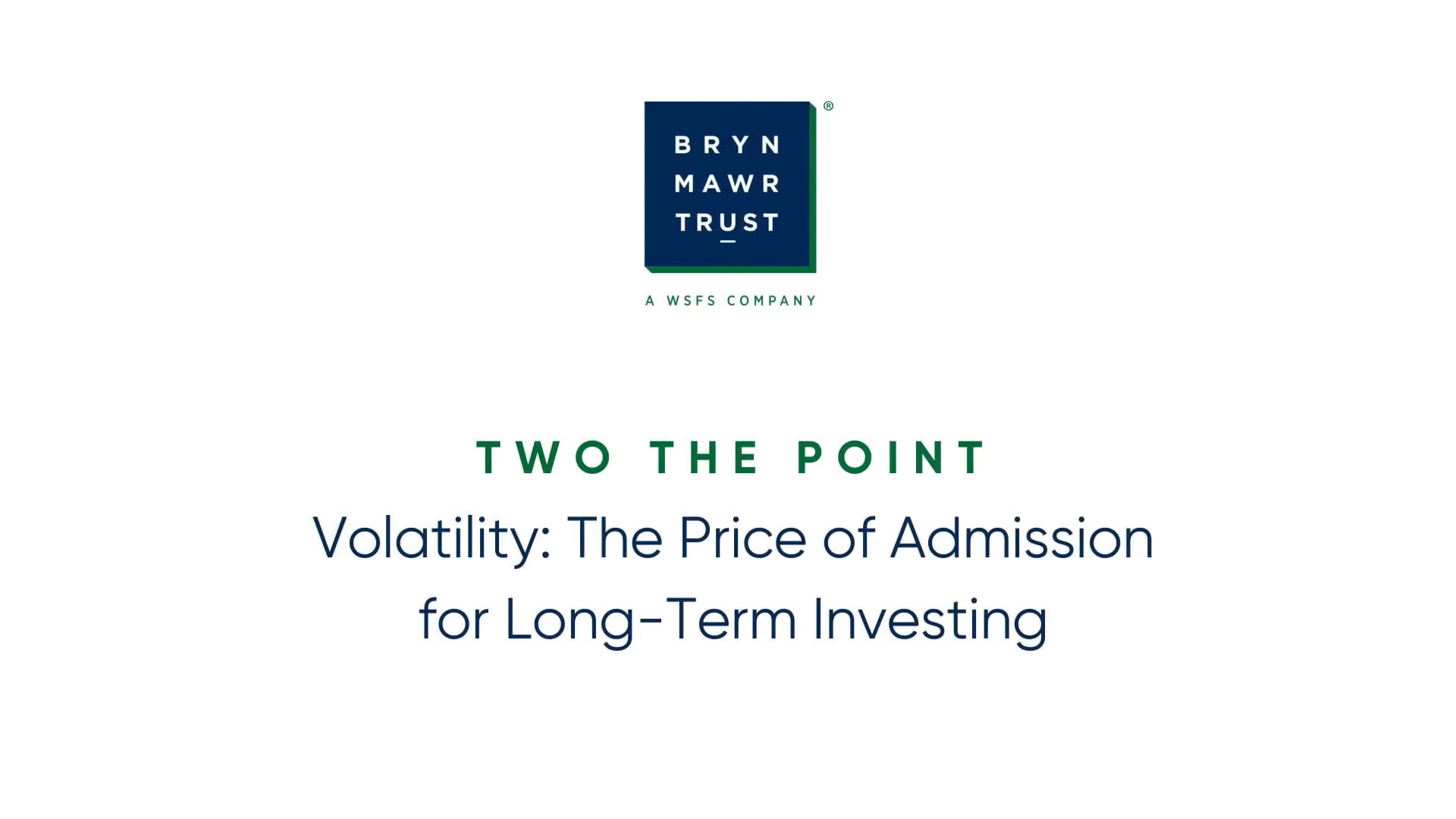Retirement Spending – How Not to Overspend or Outlive Your Savings

Saving for retirement is something many of us are encouraged to participate in throughout our working lives. In a recent Bryn Mawr Trust survey about women and retirement, 826 women (age 40+) said that their top sources of wealth are careers, followed by saving and budgeting, with 40% selecting retirement as the leading life event that impacts their financial planning.1 The rules and guidelines for how much to save and where are readily available, but there needs to be more professional guidance for when we finally reach retirement and begin spending it.
It’s just as important to have a strategy for withdrawing your retirement savings as it is for accumulating retirement assets. Knowing how much you can spend each year without outliving your savings or having enough to leave behind to your heirs should impact your planning.
The Rule of Thumb: 4% Rule
For the last 30 years, there has been a “rule of thumb” that suggests that you can withdraw 4% from your portfolio assets in the first year of retirement, withdraw the same dollar amount (adjusted for inflation) each subsequent year, and not run out of money at the end of a 30-year time horizon. This strategy was back-tested using the worst-case sequence of returns for U.S. market data (for example, the stock market crash of 1929, the Great Depression, and the double-digit inflation of the 1970s). It has helped to alleviate the concern of retiring at the beginning of a bear market, withdrawing too much in the early years and ultimately running out of savings.
More recently, however, market performance for the last decade has shown that retirees have not been spending much of their retirement savings (due in part to the strong market returns), which has questioned whether the 4% rule is the most effective approach in the future. Have retirees been forced to be too frugal?
Guardrail Approach
The 4% rule is static and does not account for portfolio valuations after the first year. The guardrail approach factors in portfolio market values allow for a more than 4% withdrawal in the first year, increases spending in years with strong market performance, and reduces spending in declining market years. The “guardrails” keep the withdrawal amount within a range so that the spending budget does not swing excessively yearly.
Combined Approach
The good news is you don’t have to choose either/or strategy because the best answer can be both. Creating a flexible hybrid approach, covering current spending needs and preserving enough for future years is achievable.
For instance, start year one in retirement with a 4% withdrawal (based on the current market value) and decide how much you can raise or lower your spending in response to the future market performance (establish your guardrails). Interestingly, our natural tendency is to spend more when the market is up (wealth effect) and less when the markets are down, but this more dynamic approach controls the wild swings you would have if your withdrawal rate just focused on market performance.
We know we need a starting point and the 4% rule has been well-tested, so start there with the understanding that the plan is flexible. Retirement spending may change from year to year, but less so when utilizing guardrails. As the women from the survey indicated, setting up a strategy for spending assets is an important decision that can help you live more comfortably in retirement. Consult with a professional financial advisor to help you plan more efficiently and know how much to save and how to spend it when your golden years finally arrive.
Survey Methodology
1The survey was conducted by research company Opinium. The sample included 826 national female respondents ages 40+ with either a household income of $175K+ or investable assets of $1M+. The online survey was conducted from December 14-18, 2023, with a margin of error of +/- 3.4 percent.
This communication is provided by Bryn Mawr Trust for informational purposes only. Investing involves the risk of loss and investors should be prepared to bear potential losses. Past performance may not be indicative of future results and may have been impacted by events and economic conditions that will not prevail in the future. No portion of this commentary is to be construed as a solicitation to buy or sell a security or the provision of personalized investment, tax or legal advice.



